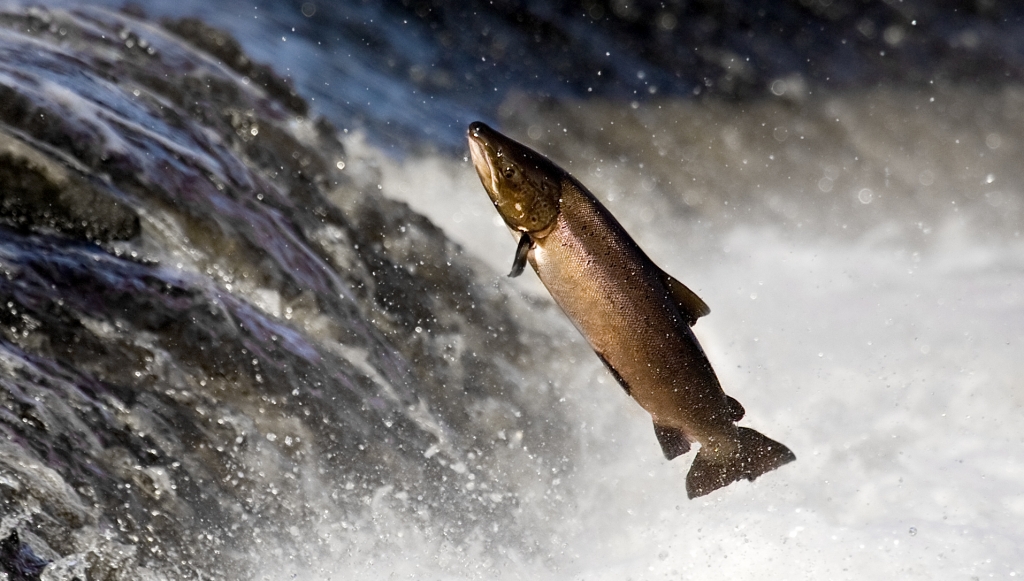-
Tips for becoming a good boxer - November 6, 2020
-
7 expert tips for making your hens night a memorable one - November 6, 2020
-
5 reasons to host your Christmas party on a cruise boat - November 6, 2020
-
What to do when you’re charged with a crime - November 6, 2020
-
Should you get one or multiple dogs? Here’s all you need to know - November 3, 2020
-
A Guide: How to Build Your Very Own Magic Mirror - February 14, 2019
-
Our Top Inspirational Baseball Stars - November 24, 2018
-
Five Tech Tools That Will Help You Turn Your Blog into a Business - November 24, 2018
-
How to Indulge on Vacation without Expanding Your Waist - November 9, 2018
-
5 Strategies for Businesses to Appeal to Today’s Increasingly Mobile-Crazed Customers - November 9, 2018
Researchers find Evidence that Ice Age Humans started to Consumed Salmon over
The salmon bones excavated from the Upward Sun River site signify that these fish arose earlier and breeded further north than researchers had theorized.
Advertisement
“There was kind of a dogma that early inhabitants were just big game hunters, but this study shows they used a broader range of resources”, Finney said.
The study, “Early human use of anadromous salmon in North America at 11,500 years ago”, has already received widespread publicity, garnering stories in the New York Times, Science Magazine, New Scientist and a variety of other media outlets and websites.
The findings are based on analysis of 11,500-year-old chum salmon bones found by University of Alaska Fairbanks anthropologist Ben Potter and colleagues at the Upward Sun River site in Interior Alaska. The latest discovery suggests fishing may have played an important role in the first colonization of North America by early peoples from Eurasia.
“We used ancient DNA analysis to identify the fish specimens as chum salmon (Oncorhynchus keta), and stable isotope analysis to confirm that the salmon were anadromous (sea-run), the researchers wrote in their study”.
“It’s a very predictable resource, versus going after caribou, which is not quite as predictable”, Potter said. Fish was part of the diet for some Alaskans during the ice age, say scientists. But, she adds, “We don’t know what that early salmon use might have looked like.” Yet.
Contrary to popular theories, people living during the last ice age ate more than woolly mammoths, bison, and other large game.
Researchers dug up a cooking hearth at the Upward Sun River archaeological site located in central Alaska. The river was connected to the ocean, where conditions during the ice age likely weren’t as good for salmon as they are now.
University of Alaska Fairbanks (UAF) anthropologist Ben Potter, who led the excavation, said in a statement that they have never found any salmon bones in these sites.
The remains are incredibly rare, as fish bones are naturally very fragile and do not withstand thousands of years passing with their structure so intact. The researchers plan to explore these ancient humans’ changing use of the salmon in further work.
Besides providing evidence of salmon consumption during the last Ice Age, the findings also explain how North American humans managed to survive in an Arctic environment during the era and adapt to life on the new continent.
Advertisement
Fish bones usually disintegrate with the passage of time.





























